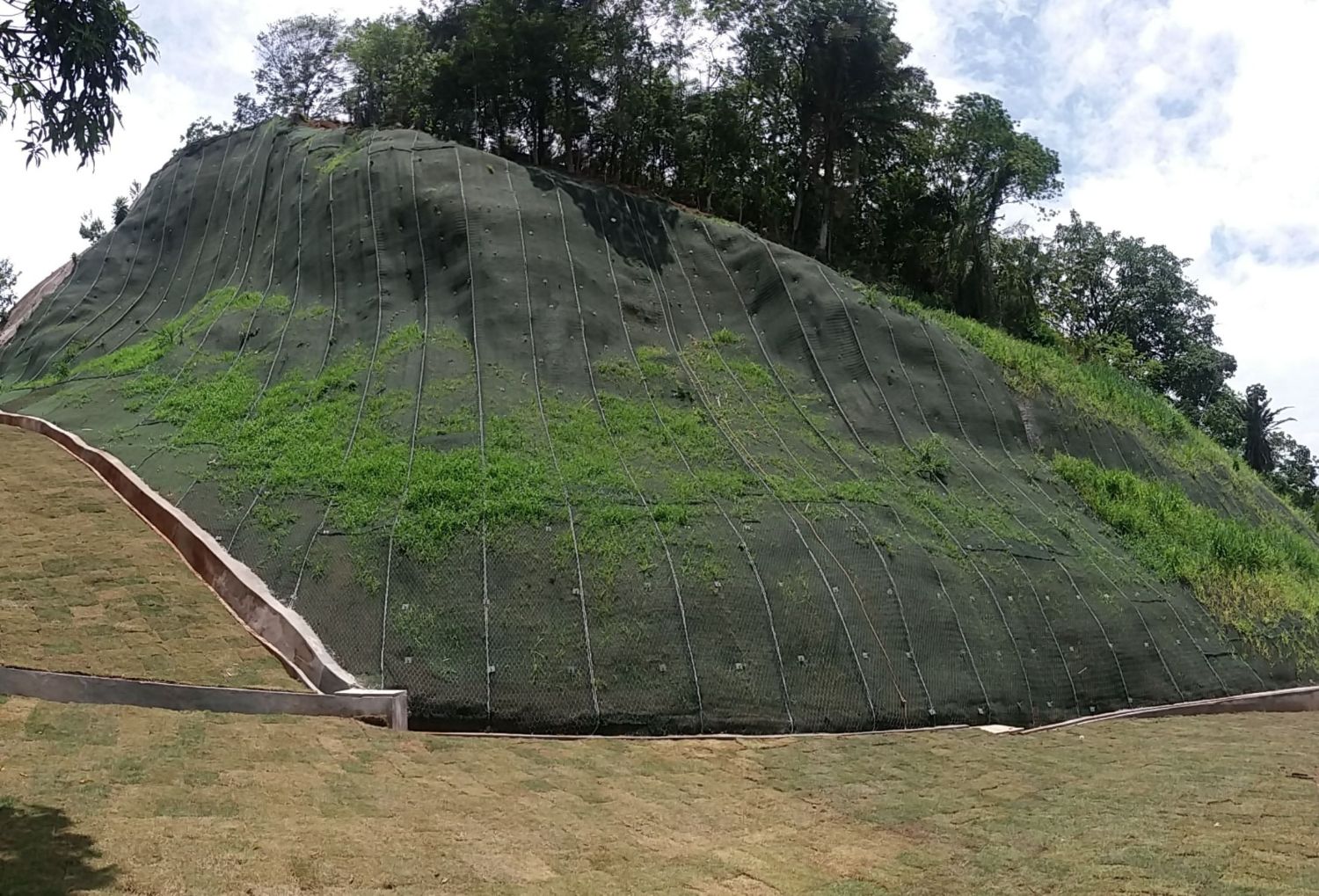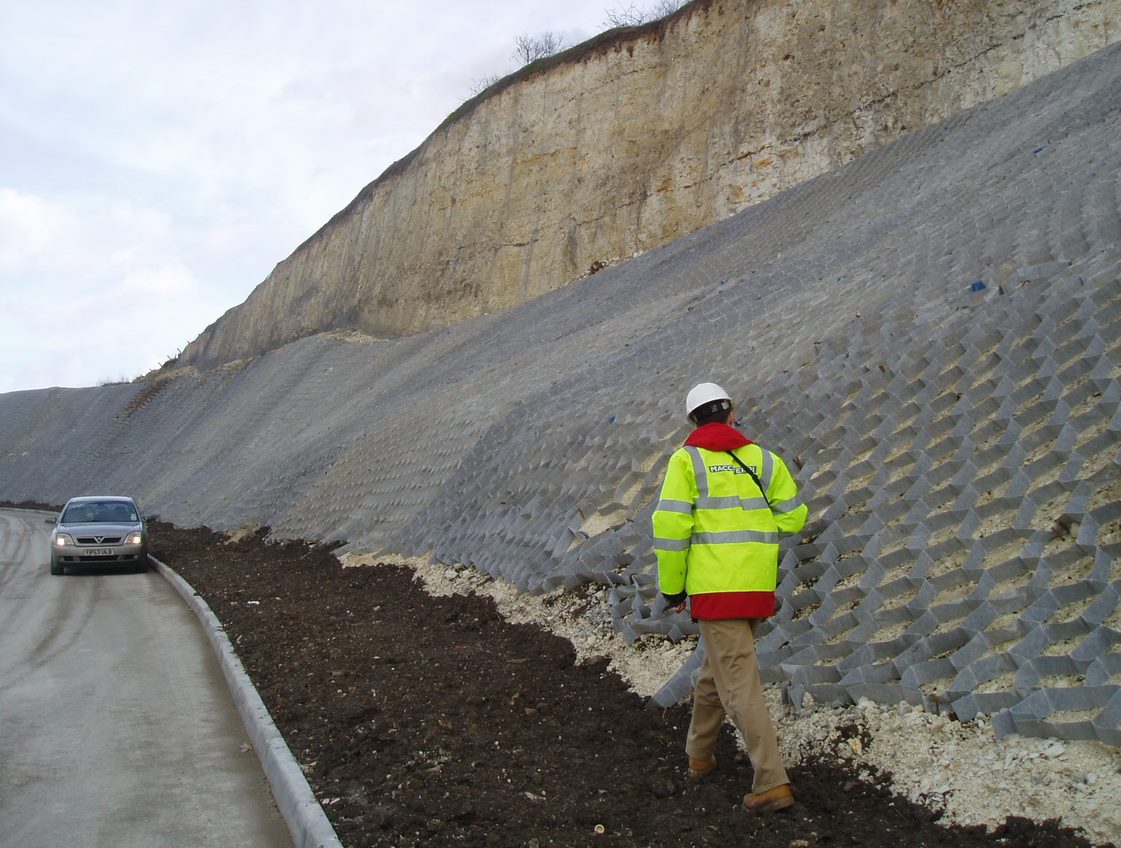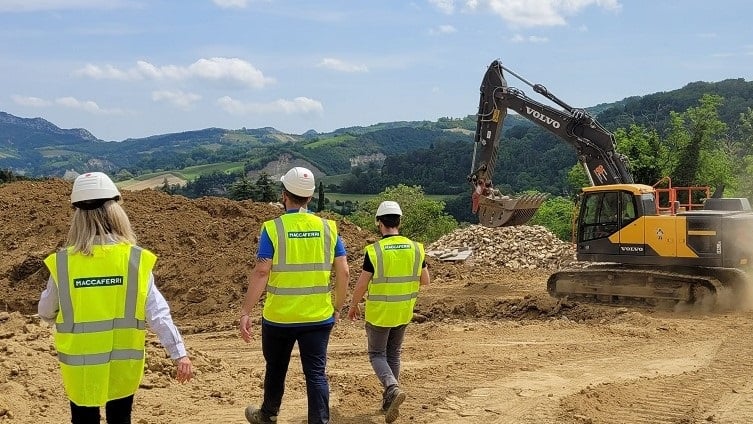Lining Systems – Capping
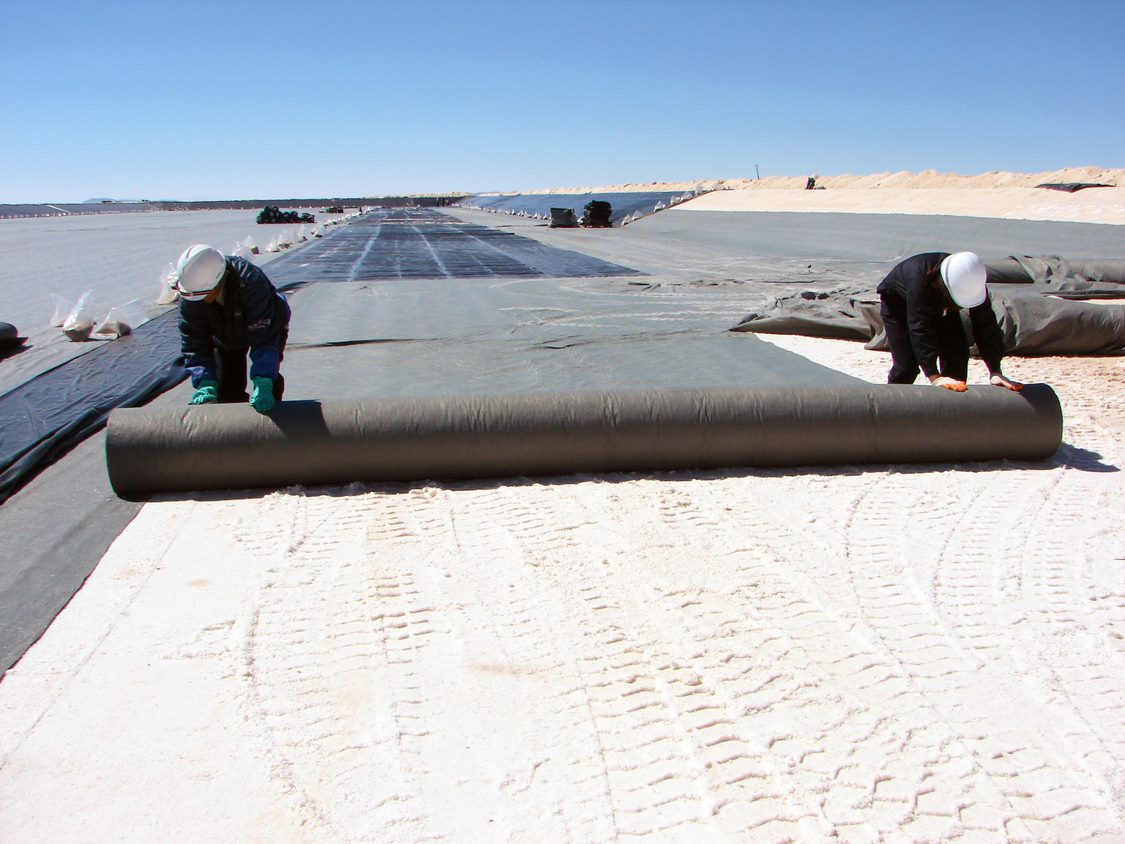
The capping or surface barrier system is an important part of the process when sealing (or capping) a landfill, contaminated mine or agricultural site. It is usually integrated within a more general design for “naturalisation” of the site and its rehabilitation into the existing landscape. This is especially important in abandoned mine works, or historic landfills which were closed prior to more rigorous legislation.
The purpose of capping.
The effectiveness of this capping has important economic and environmental implications. Its purpose is:
- to drain the methane gas which develops during the degradation of the waste
- to prevent the infiltration of rainwater to stop contamination and the generation of excess pollutant leachate within the cell
- to form a substrate suitable for the growth of natural vegetation
- to be topographically compatible with the surrounding environment.
Meeting the challenge of erosion. Erosion is a problem that can arise at the closure of a landfill, after the construction of the final impermeable capping system. Ultimately, vegetation established on the capping system reintegrates the landfill into the environment. Erosion protection is often required to prevent damage from rainwater run-off, during the establishment of vegetation.
As with base linings, careful selection of appropriate geosynthetic materials is needed.
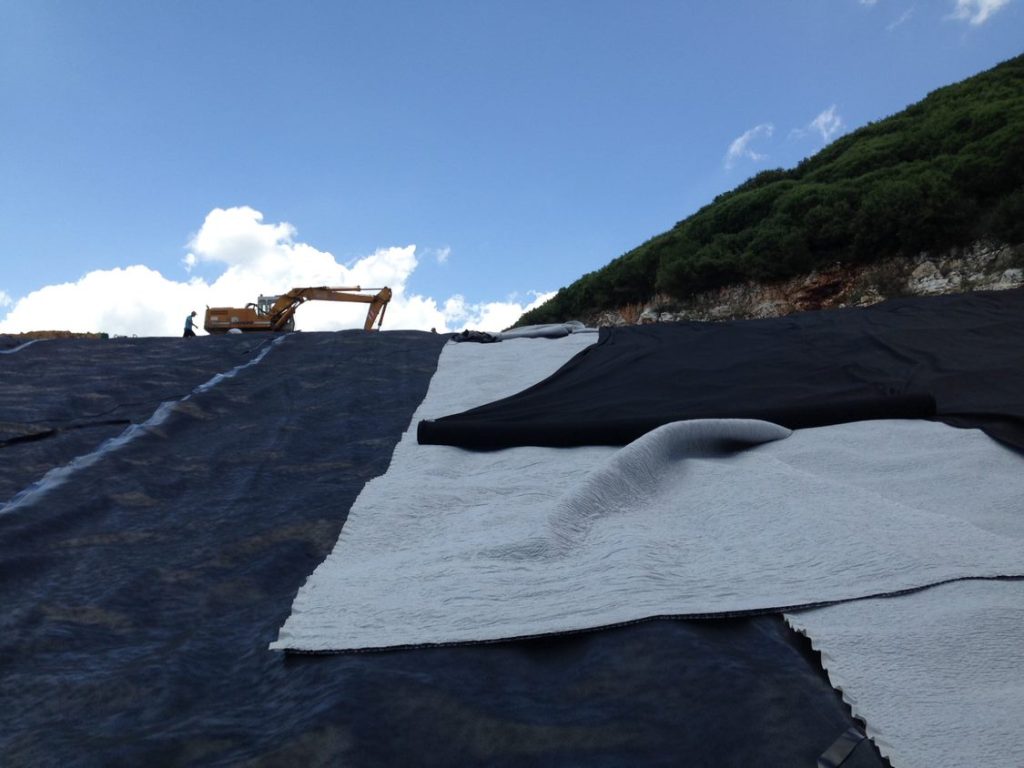
Optimising solutions through our experience and products
Our experience and wide range of products enables the optimisation of solutions for clients in accordance with current design and waste regulations;
- MacLine® GCL bentonite geocomposites
- MacDrain® drainage composites
- MacLine® geomembranes
- MacTex® H and F separation & filtering geotextiles
- MacTex® PN and PH protection geotextiles
- Paralink®, Paragrid®, MacGrid® WG soil reinforcement geogrids
- Paradrain® hybrid geogrid with integral drainage function.
Furthermore, drainage and hydraulic structures may also be required to control the water run-off, and limit the effects of erosion.
Meeting the demands of construction and regulation. We draw upon our hydraulic, erosion protection and soil veneer stabilisation experience to meet the demands of modern landfill construction and to develop a harmonious and functional design in accordance with the current regulations.
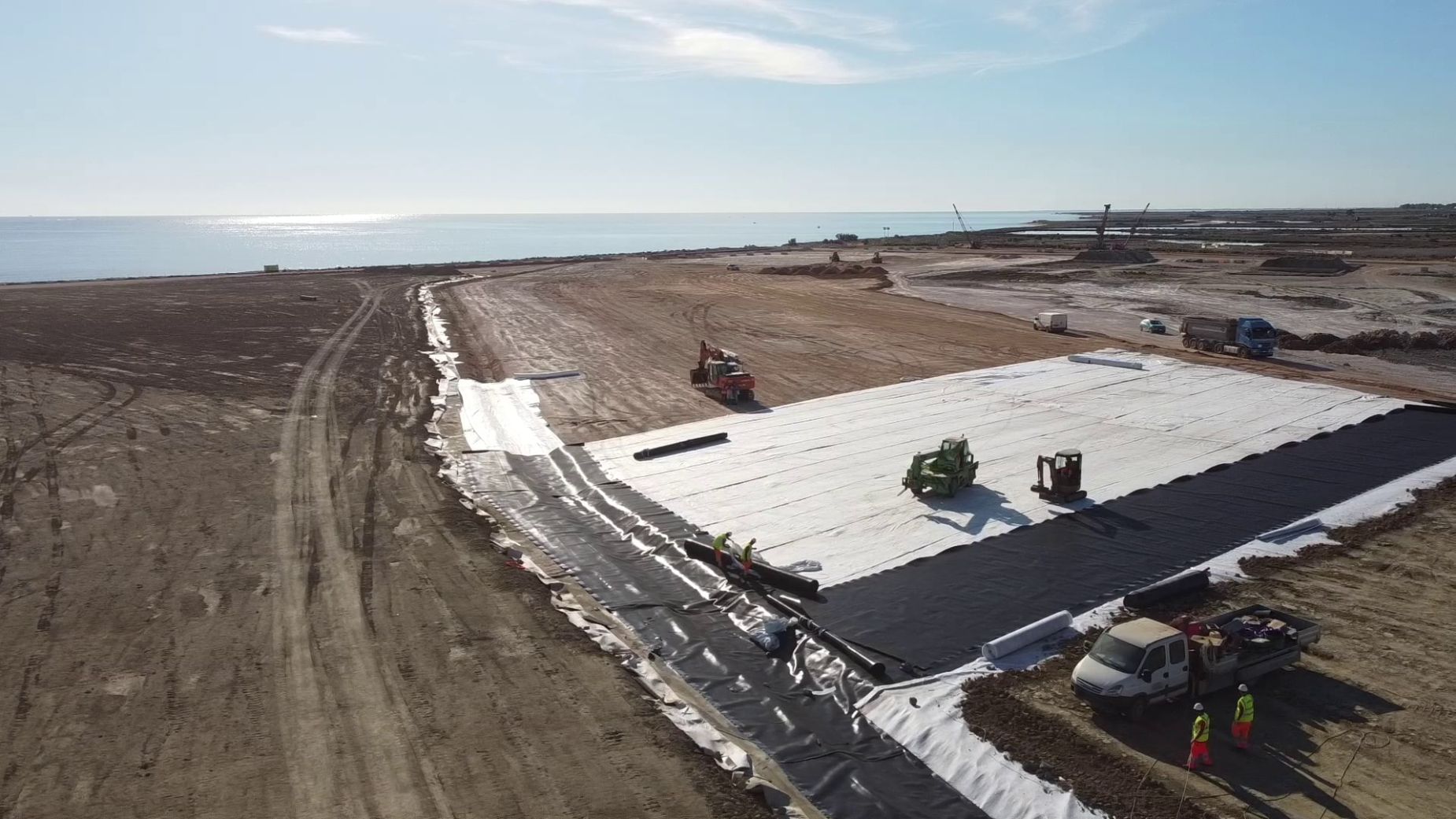
 Sectors
Sectors Applications
Applications Solutions
Solutions

